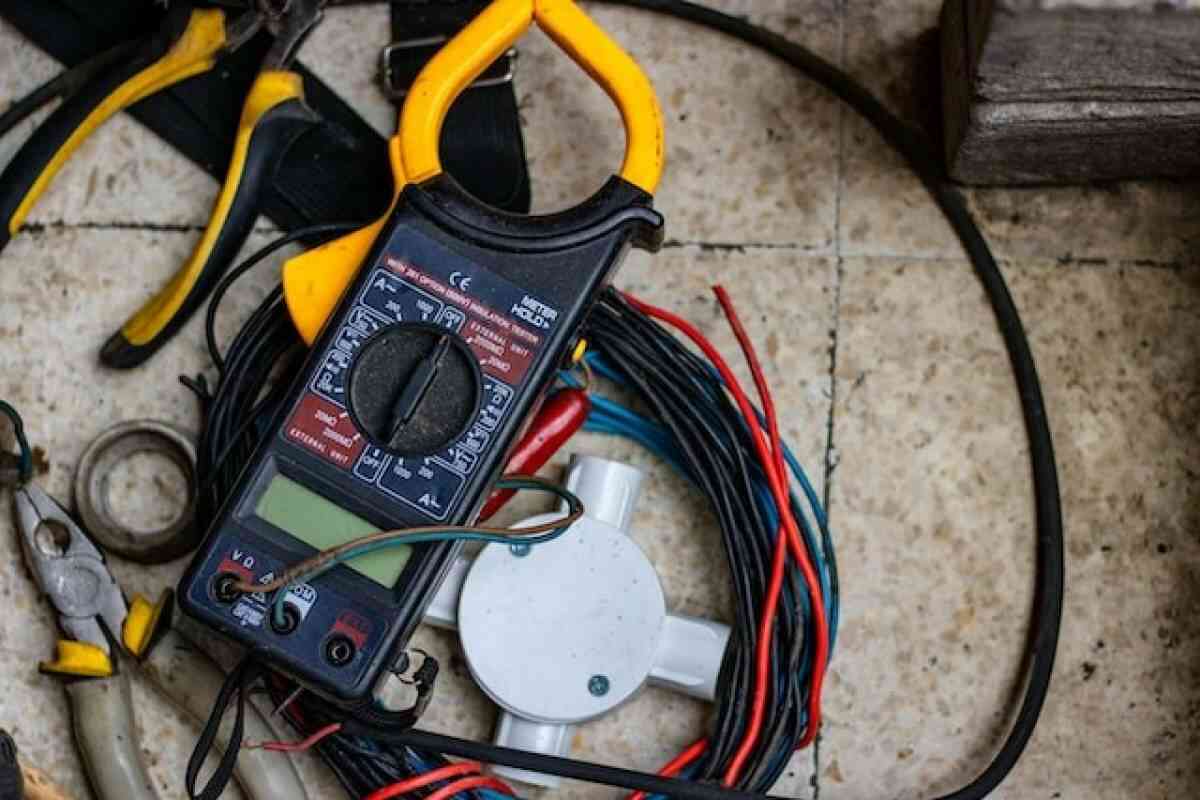The Complete Guide To Thermocouple Wires
- - Category: Electronics
- - 26 Apr, 2023
- - Views: 298
- Save

Discover the applications for thermocouple wires.
Selection Guide for Choosing the Right Thermocouple Wire Type
When selecting a thermocouple wire, it's important to consider the temperature range of the application. Different thermocouple types have different temperature limitations, and exceeding these limits can result in inaccurate readings or even damage to the wire. Another key factor to consider is chemical compatibility with any substances that will come into contact with the wire. Corrosive or abrasive materials can cause degradation over time.
Other factors to consider include response time, accuracy requirements, and environmental conditions such as moisture and vibration. It's also important to choose a wire material that matches your instrumentation for accurate readings.
Common thermocouple types include Type K (chromel/alumel), Type J (iron/constantan), and Type T (copper/constantan). Each type has its own specific use-case based on temperature range, cost-effectiveness, reliability and more.
Ultimately, choosing the right thermocouple wires requires careful consideration of all relevant factors for your unique application. Consulting with experts in this field can help ensure you select an appropriate solution that meets your needs.
Installation and Maintenance Best Practices for Thermocouple Wires
When it comes to installation and maintenance of thermocouple wires, there are a few best practices to keep in mind. First and foremost, it's important to ensure that the wires are installed correctly according to the manufacturer's instructions. This includes using the appropriate connectors and junction boxes for your specific application.
It is also crucial to regularly inspect and maintain your thermocouples. This can involve checking for any physical damage or corrosion on the wires, as well as ensuring that they're securely fastened in place.
Another key consideration for maintaining accurate readings is regular calibration of your thermocouples. Calibration standards can vary depending on industry and application, so be sure to consult with experts in your field or refer to relevant regulations when determining proper calibration procedures.
Finally, it's good practice to have multiple backup thermocouple wires ready in case of failure or drift over time. By having these available on hand, you can quickly replace any faulty sensors without causing significant downtime or disruption to operations.
Understanding Calibration Standards for Accurate Measurement
Calibration Standards are an essential element in ensuring accurate and consistent measurement of temperature using thermocouples. These standards typically involve the use of reference junctions, which are known to have stable output over time. There are different types of calibration standards available, including fixed-point cells and comparison methods that rely on high-accuracy platinum resistance thermometers (PRTs). It is important to follow established calibration procedures for your specific type of thermocouple wire, as well as any regulatory requirements for calibration frequency or traceability. The National Institute of Standards and Technology (NIST) provides a comprehensive database with certified reference materials that can be used for calibrating thermocouples. Regularly checking the accuracy of your measurements through proper calibration helps ensure consistency, improve process control, and minimize errors due to drift or aging effects.
Future Trends in Developing More Advanced Thermocouples
Advanced thermocouples are being developed to meet the increasing demand for more precise and reliable temperature measurements. One such development is the use of nanotechnology in creating highly sensitive thermocouple wires. By incorporating nanomaterials into the wires, researchers have been able to improve their resistance to corrosion as well as enhance their sensitivity and response time.
Another area of research is focused on improving wireless thermocouples which are used in applications where traditional wired systems cannot be employed. These wireless devices can transmit data in real-time from remote locations, making them ideal for industrial applications.
Moreover, there is also work being done towards developing multi-functional sensors with sensing capabilities beyond just temperature measurement. Such sensors would integrate multiple functionalities like humidity or pressure sensing along with temperature measurement within a single device.
As technology continues to advance, we can expect even more advanced versions of thermocouple wires that will offer greater accuracy, faster response times, and increased durability. The future looks bright for this essential component in measuring temperatures across various industries.
In conclusion, thermocouple wires are a crucial component in various industries for temperature measurements. Understanding the different types of thermocouples and their applications, how they work, factors affecting their performance, common issues and troubleshooting tips related to them can significantly improve their accuracy and lifespan. With proper selection based on specific requirements, installation procedures followed by regular maintenance practices as well as adherence to calibration standards ensures accurate measurement readings throughout its operational life cycle. As technology advances towards creating more advanced thermocouples for enhanced efficiency needs of industries is paramount. In all this innovation though it's important not to forget the basics at every step when dealing with these vital components that impact so greatly on our daily lives across many industrial sectors today.

